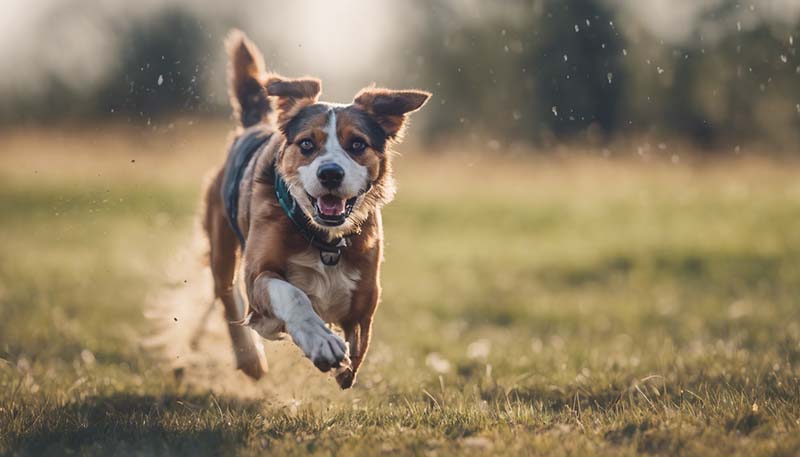Understanding the Science Behind Lure Coursing for Dogs
Understanding the Science Behind Lure Coursing for Dogs
Lure coursing is a popular dog sport that has its roots in the ancient practice of hunting. It involves a dog chasing an artificial lure, which is pulled across a field or an open area, simulating the pursuit of prey. This activity not only provides excellent exercise and mental stimulation for dogs but also has a deep scientific basis that explains why dogs are so naturally inclined towards it. In this article, we will delve into the science behind lure coursing, exploring the canine instincts, the role of genetics, and the benefits of this sport for both dogs and their owners.
Canine Instincts and Prey Drive
The instinct to chase and capture prey is deeply ingrained in dogs, stemming from their wolf ancestors. This prey drive is a natural behavior that has been honed over thousands of years of evolution to help dogs survive in the wild. Lure coursing taps into this instinct, providing a safe and controlled environment for dogs to engage in this behavior.
Advertisement
Genetics and Breed Differences
Different dog breeds have varying levels of prey drive due to their genetic makeup and historical roles. For instance, sighthounds like Greyhounds and Whippets were bred specifically for chasing fast-moving prey, and they typically excel in lure coursing. On the other hand, terriers were bred to bolt underground after small animals, and they may exhibit a more determined and focused pursuit in lure coursing. Understanding a breed's genetic predispositions can help owners better appreciate their dog's natural talents and inclinations.
Mental Stimulation and Cognitive Enrichment
Lure coursing offers significant mental stimulation for dogs. The act of chasing a lure requires dogs to use their senses, particularly their sight and smell, to track and anticipate the lure's movements. This cognitive challenge helps keep dogs mentally alert and engaged, which can be particularly beneficial for breeds with high energy levels or those prone to boredom.
Physical Exercise and Health Benefits
Apart from mental stimulation, lure coursing provides excellent physical exercise for dogs. Chasing a lure involves sprinting, turning, and jumping, which helps to build muscle, improve cardiovascular fitness, and maintain a healthy weight. Regular participation in lure coursing can contribute to the overall health and well-being of dogs, reducing the risk of obesity and related health issues.
The Role of Training and Conditioning
While some dogs may naturally excel at lure coursing, others may require training and conditioning to reach their full potential. Training for lure coursing should begin at a young age, focusing on building a strong foundation of obedience and basic commands. As dogs progress, training can become more specialized, focusing on developing speed, agility, and stamina.

Safety Considerations
Safety is a paramount concern in lure coursing. The course should be set up in a safe and controlled environment, free from hazards that could cause injury to the dog. Additionally, it's crucial to monitor the dog's physical condition during the event, ensuring they do not become overheated or overexerted. Regular veterinary check-ups are also recommended to maintain the dog's health and to identify any potential issues early on.
Benefits for Owners
Lure coursing not only benefits the dogs but also provides numerous advantages for their owners. Participating in this sport can strengthen the bond between dog and owner, as they work together to achieve a common goal. It can also be a fun and social activity, allowing owners to meet other dog enthusiasts and learn from each other's experiences.
Conclusion
In conclusion, lure coursing is a sport that taps into the natural instincts of dogs, providing both physical and mental stimulation. By understanding the science behind this activity, owners can better appreciate the benefits of lure coursing and how it can contribute to the overall well-being of their dogs. Whether for competition or recreation, lure coursing is a rewarding and enjoyable activity for dogs and their owners alike.
Note: This article is for informational purposes only and should not be considered a substitute for professional veterinary advice. Always consult with a veterinarian before starting any new exercise or training regimen for your dog.

Comment